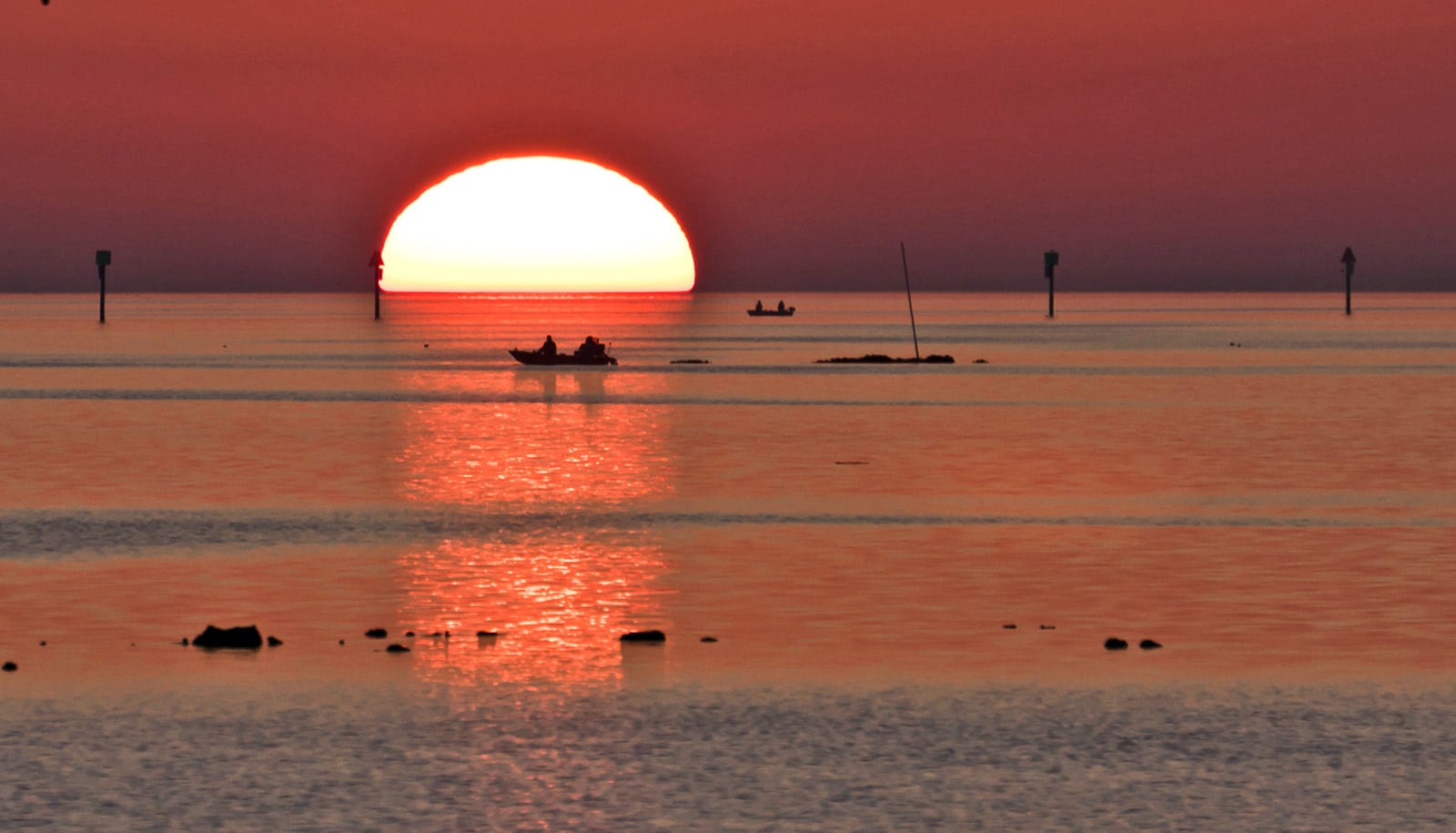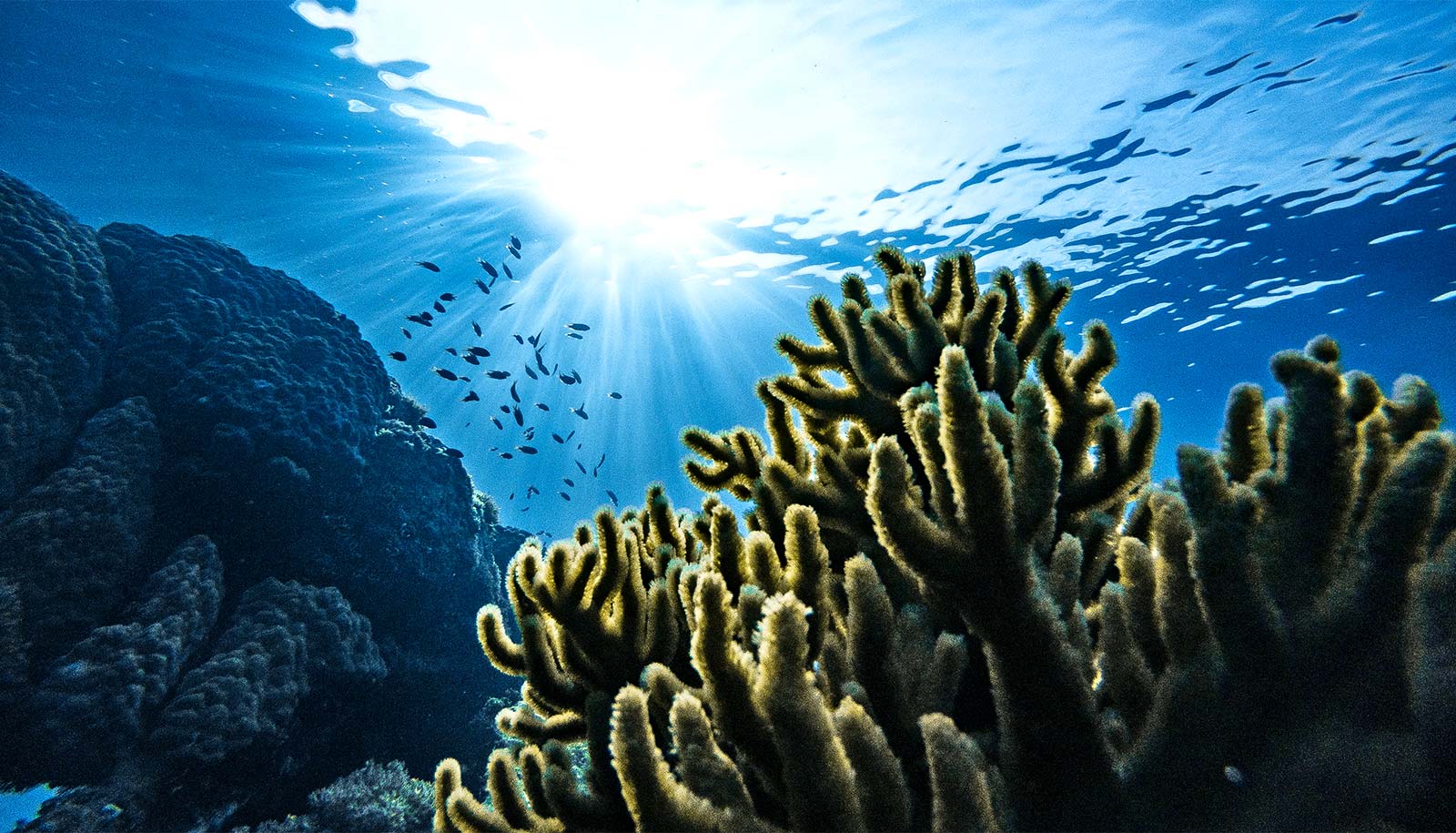Rising levels of carbon dioxide in the Gulf of Mexico are becoming harmful to marine life and the commercial fishing industry, researchers warn.
The amount of carbon dioxide in the atmosphere has increased 40% since the Industrial Revolution (1760 to 1840) because of human activities—and the ocean, including the Gulf of Mexico, has absorbed at least 25% of it. That’s a trend that will almost certainly continue, oceanographers say.
Carbon dioxide is increasing in the open ocean Gulf at rates similar to those measured in the open ocean Atlantic and Pacific due to human carbon dioxide emissions, the study shows.
The team also found that carbon dioxide is increasing faster in coastal (on the continental shelf) Gulf of Mexico waters compared to open ocean waters, consistent with other studies showing enhanced acidification in coastal waters compared to the open ocean.
“This is very concerning because several economically important coastal ecosystems, including coral reefs, shellfish, and others, are sensitive to acidification, which again, is occurring faster in coastal waters than open ocean waters in the Gulf, says Katie Shamberger, assistant professor of chemical oceanography, ocean acidification, seawater carbonate chemistry, coastal ocean carbon cycling, and calcifying marine ecosystems at Texas A&M University.
“Carbon dioxide levels are increasing in the atmosphere from burning fossil fuels for energy and from deforestation. The ocean absorbs some of this human-produced, or anthropogenic, carbon dioxide.
“When carbon dioxide dissolves in seawater, it leads to a process called ocean acidification. Ocean acidification is harmful to many marine organisms, from phytoplankton to fish, and makes it more difficult for shellfish and corals to make the shells and skeletons they need to survive.”
The continued acidification could especially concern commercial fishing in the Gulf, which is approaching the $1 billion mark.
Carbon dioxide levels stayed fairly stable and did not increase in the central Gulf of Mexico, both in coastal and open ocean surface waters, where the Mississippi and Atchafalaya rivers deliver excess nutrients.
This could be because this area of the Gulf of Mexico is highly variable as a result of constantly changing river inputs, or because the effects of increasing nutrients potentially mask any increase in carbon dioxide, according to the study.
“The overall big picture here is that surface water carbon dioxide levels are indeed increasing in the Gulf of Mexico (except in the central Gulf) and human activities are contributing to this acidification,” says Shamberger. “Also, coastal acidification is occurring faster than open ocean acidification, which is especially troubling for coastal coral reef and shellfish ecosystems that support many important fisheries species.”
It is likely that coastal and ocean acidification in the Gulf of Mexico will only worsen as human carbon dioxide emissions continue to increase, Shamberger warns.
“A serious challenge in studying ocean acidification in the Gulf of Mexico is that there is no long-term time series station where carbon dioxide levels and seawater chemistry have been measured repeatedly over decades in the same location,” she says. “This has led to uncertainty about whether ocean acidification is important for Gulf of Mexico ecosystems. Our work shows that ocean acidification, and especially coastal acidification, are serious concerns for the Gulf of Mexico.”
The paper appears in Scientific Reports. The data used in the study are publicly available from The Surface Ocean CO2 Atlas (SOCAT) database, much of which come from the NOAA Atlantic Oceanographic and Meteorological Laboratory (AOML) Ocean Carbon Group.
Source: Texas A&M University

